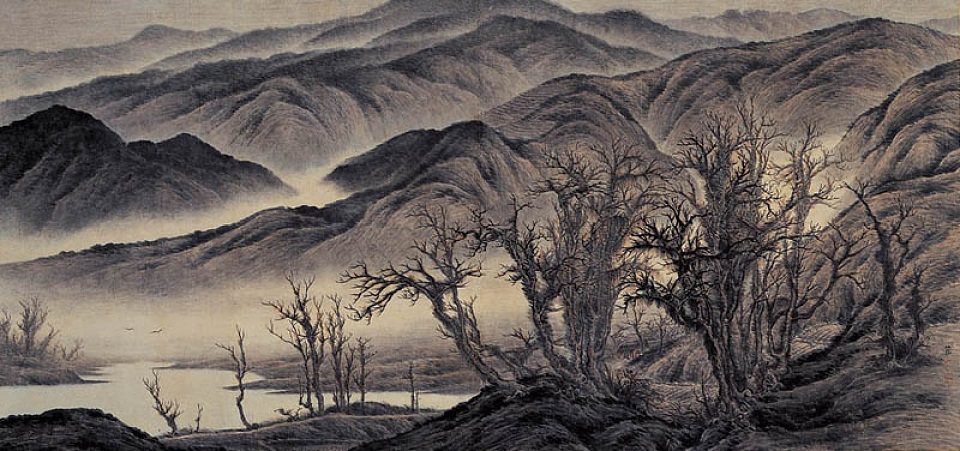
Noh Soohyun, Landscape, date unknown, 110×236cm. MMCA collection
hangukhwa
* Source: Multilingual Glossary of Korean Art. Korea Arts Management Service
Related
-
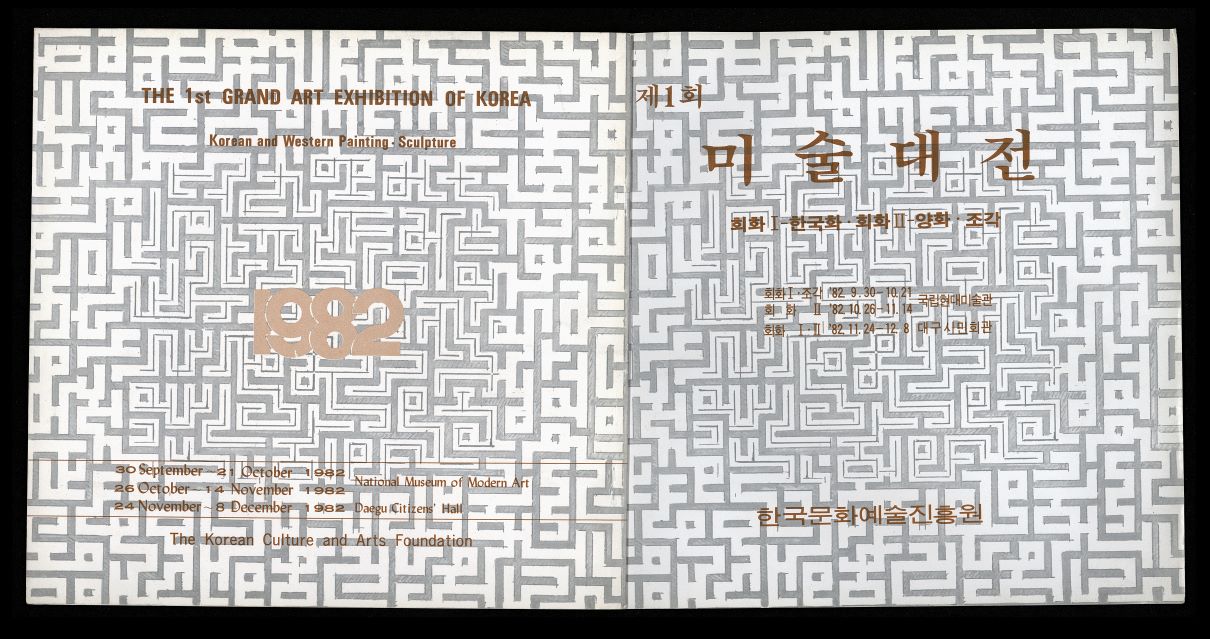
Grand Art Exhibition of Korea
The Grand Art Exhibition of Korea [Daehanminguk misul Daejeon] is an arts contest hosted by the Korean Fine Arts Association. National Art Exhibition (Gukjeon), which had been held from 1949 through 1981, was transferred to the private sector and renamed the “Grand Art Exhibition of Korea.” During its transitional period from 1982 through 1985, the Grand Art Exhibition of Korea was run by the Korea Culture and Arts Foundation, a semi-governmental organization. Starting in 1986, the Korean Fine Arts Association hosted the exhibition with support for the operating budget from Arts Council Korea. It had been held with five sections: Korean painting, Western painting, sculpture, crafts, and calligraphy (including the Four Gentlemen). In 1986, its crafts section was separated from the Grand Art Exhibition of Korea and established as the Grand Craft Exhibition of Korea, and in 1989 the calligraphy section was separately installed as the Grand Calligraphy Exhibition of Korea. At the same time, a printmaking section was newly established in the Grand Art Exhibition of Korea. From 1993 onward, due to the increase in entries and lack of exhibition space, the Grand Art Exhibition of Korea was divided into two parts: a spring exhibition on non-figurative art and a fall exhibition on figurative art. It played an instrumental role in establishing the terms “Eastern painting” as “hangukhwa (Korean painting)” and “Western painting” as “yanghwa (Western style painting).”
-
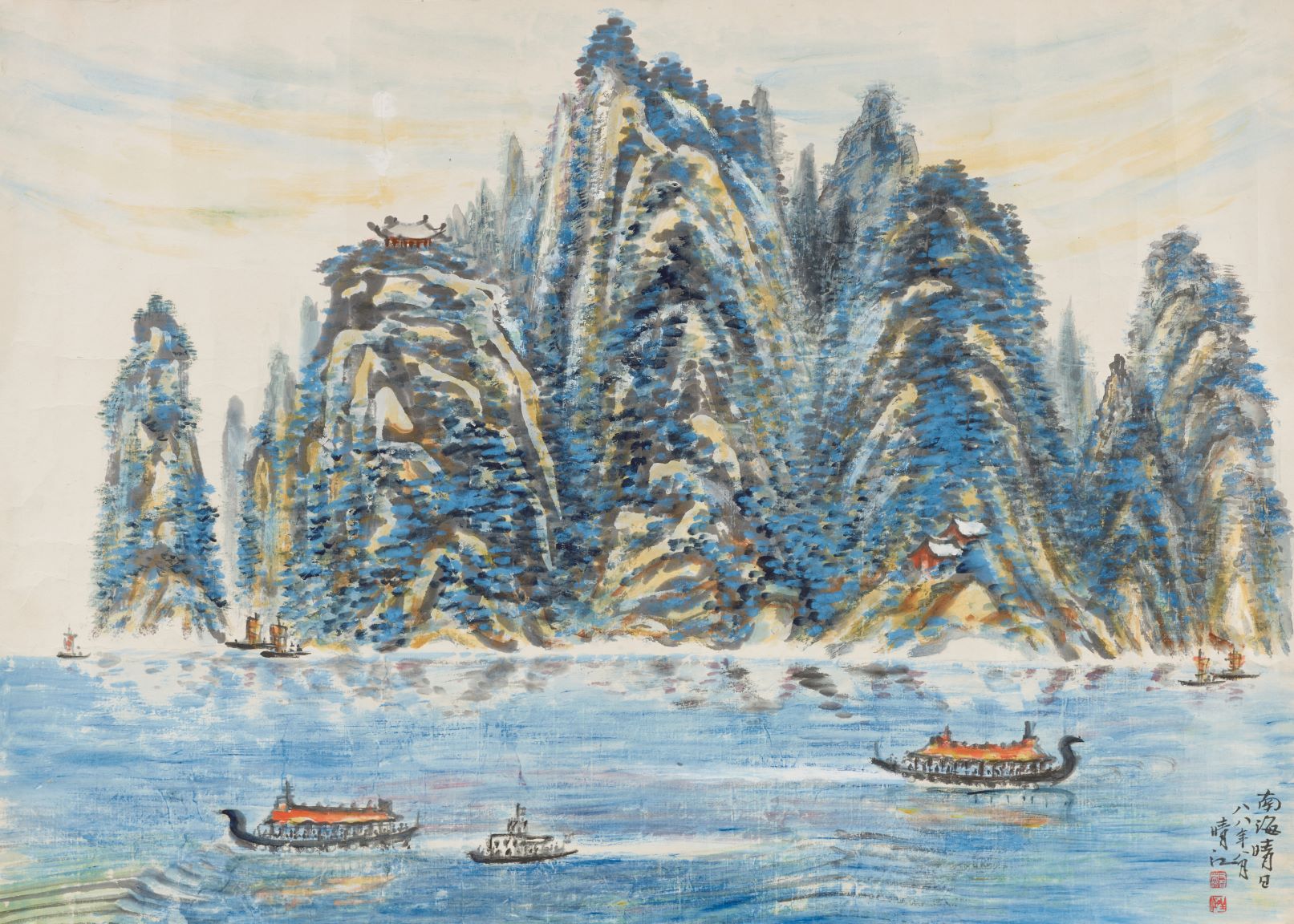
Kim Youngki
Kim Youngki (1911-2003, pen name Cheonggang), the son of Kim Kyujin (pen name Haegang), learned calligraphy and painting at an early age, traveled to Beijing, China, and studied under Qi Baishi, the master of modern Chinese painting. He employed various painting styles ranging from bird-and-flower painting and the Four Gentlemen painting in the literati style influenced by his father and Qi Baishi to landscape and flowering plant painting in the polychrome style through the impact of Japanese painting. After Korea’s independence, Kim led the formation of Dangu Art Academy [Dangu misulwon] and sought Eastern painting and departed from Japanese painting by producing landscape paintings in the style of light colors. During the Korean War, he stayed in Gyeongju and studied the history and culture of the Silla Kingdom (CE676–935) while creating abstract paintings on the theme of Silla historical artifacts to search for the modernization of Eastern painting. In 1957, he founded the Paek Yang Painting Association along with Kim Kichang, Park Rehyun, Kim Junghyun, and others. He also contributed to overseas exchanges of Korean art by holding traveling exhibitions in Taiwan, Hong Kong, and Japan. In the 1960s, he developed “literalized art,” a form of abstracted calligraphy, under the influence of Art Informel. In the 1980s, he tried a new change with “Navy Blue Landscape,” which gave expression to a scenic spot in Korea, mainly using navy blue. Kim Youngki actively engaged in studying art theory and art criticism and published several books, including Joseon misulsa (History of Korean Art, 1947), Silla munhwawa Gyeongju gojeok (Silla Culture and Gyeongju Historical Remains, 1953), Dongyang misulsa (History of Eastern Art, 1971), and Dongyang misullon (Theory of Eastern Art, 1980). He was the first to advocate for the use of the term “Korean painting” instead of “Eastern painting.” In 1955, he held his solo exhibition entitled Contemporary Korean Paintings by Cheonggang Kim Youngki.
Find More
-
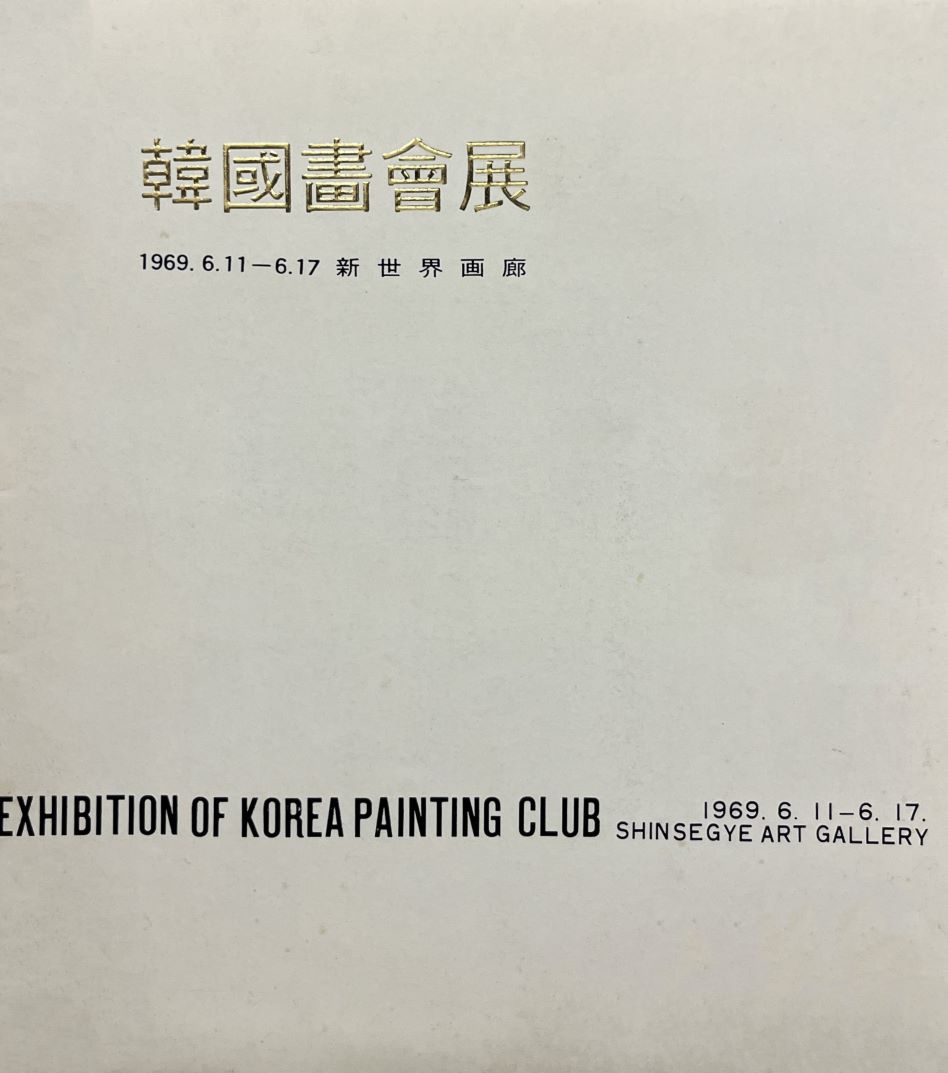
Korean Painting Society Exhibition
The Korean Painting Society Exhibition was a member exhibition of the Korean Painting Society [Hangukhwahoe] formed in Spring 1967 by Eastern-style painters in their thirties who graduated from the Seoul National University. The Korean Painting Society held its inaugural exhibition from May 24 through 28, 1967 at the Seoul Press Center. It was founded out of the desire to break from the fetters of traditions and attempt contemporary experiments. After the dissolution of the Mook Lim-Hoe, its main members including Song Youngbang, Chung Takyoung, Lee Kyusun, and Shin Youngsang, led the establishment of the Korean Painting Society, and Suh Seok joined as an advisor. Its members’ painting styles were various, ranging from ink paintings in the literati style to abstract paintings and landscape paintings. However, they publicly stated their intention to pursue abstraction and eliminate the distinction between Eastern painting and Western painting. The Korean Painting Exhibition was a regular exhibition annually held for alumni of the Department of Eastern Painting at Seoul National University that has broadened the horizon of Korean painting and encompassed both traditional and contemporary conventions. The Korean Painting Society identifies its predecessor as the Mook Lim-Hoe, thus clarifying that it inherits the avant-garde aesthetics of young artists from the early 1960s.
-
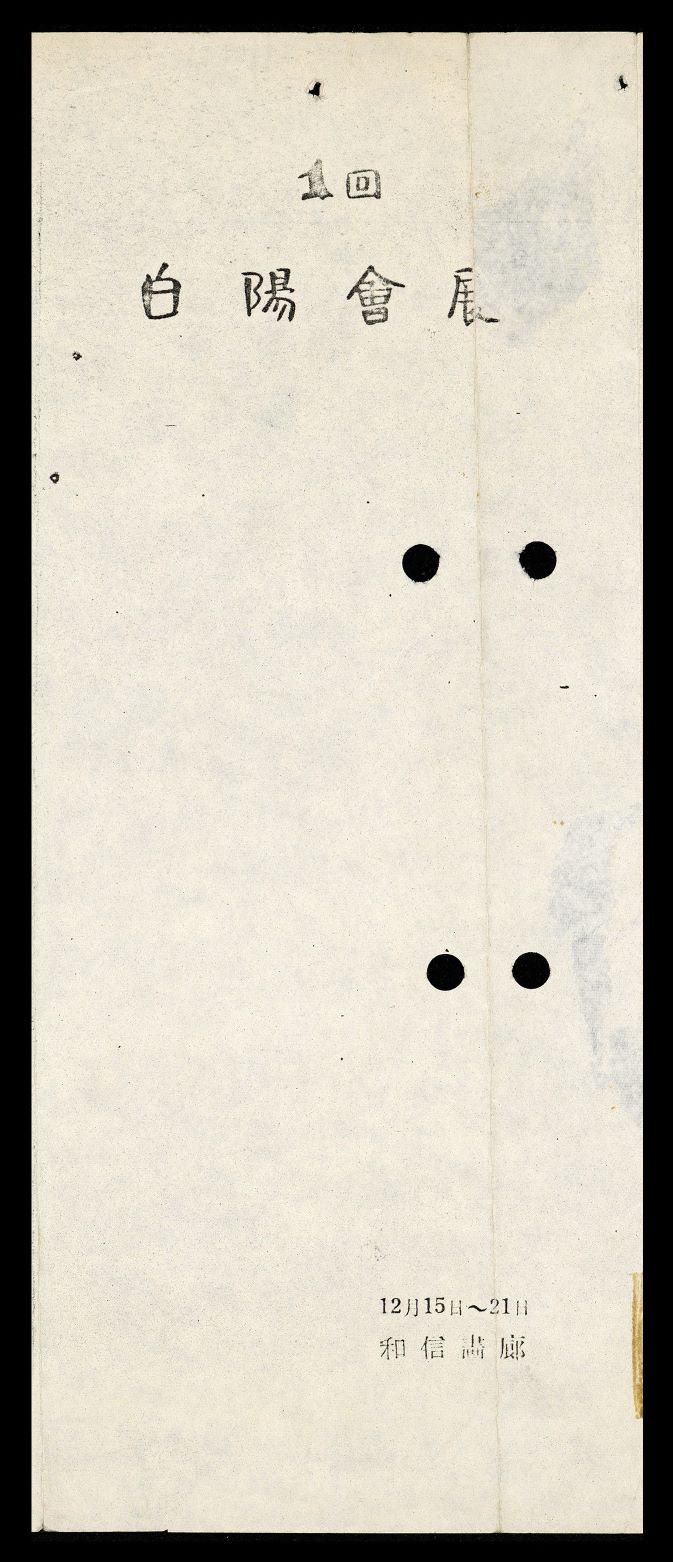
Paek Yang Painting Association
An art group formed in 1957 to explore new perspectives on Korean paintings and educate future artists. The group was formed by nine artists including Kim Kichang and Park Rehyun of the Husohoe (who were students of Kim Eunho, also known by his pen name I-dang), Kim Youngki, and Chun Kyungja. In January 1961, the group organized a touring exhibition in Southeast Asia, which is noteworthy as the first overseas exhibition held by a Korean private-sector art organization. In this traveling exhibition, the term “hangukwa (Korean painting)” was used for the first time to refer to traditional ink painting, instead of the previously dominant term “Eastern painting.”






